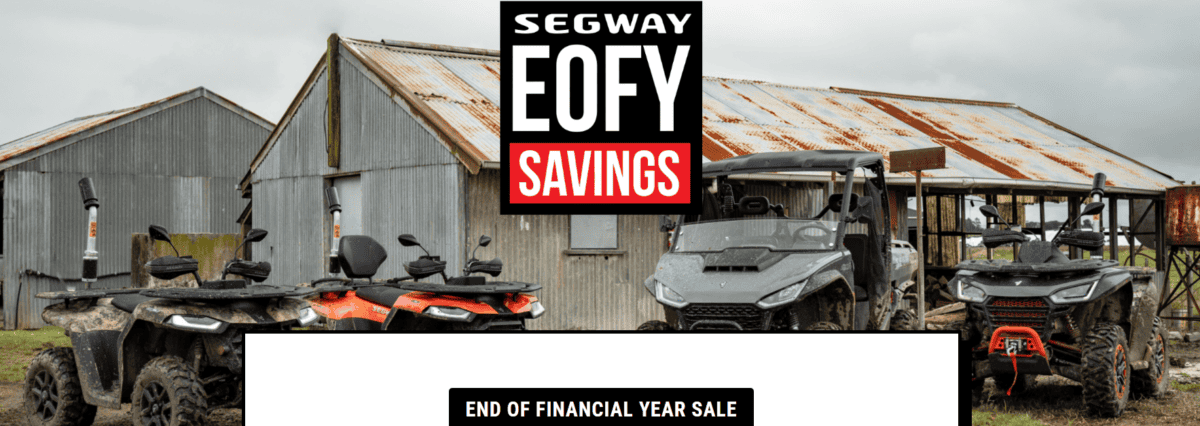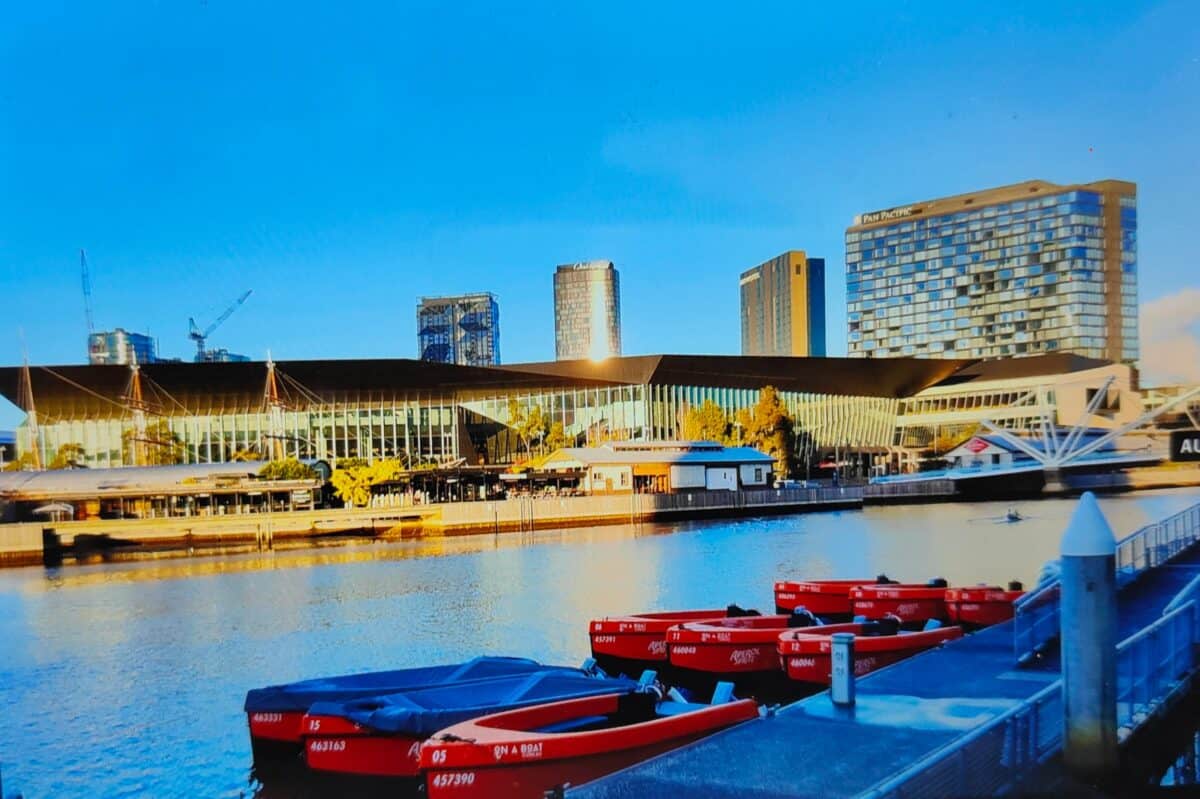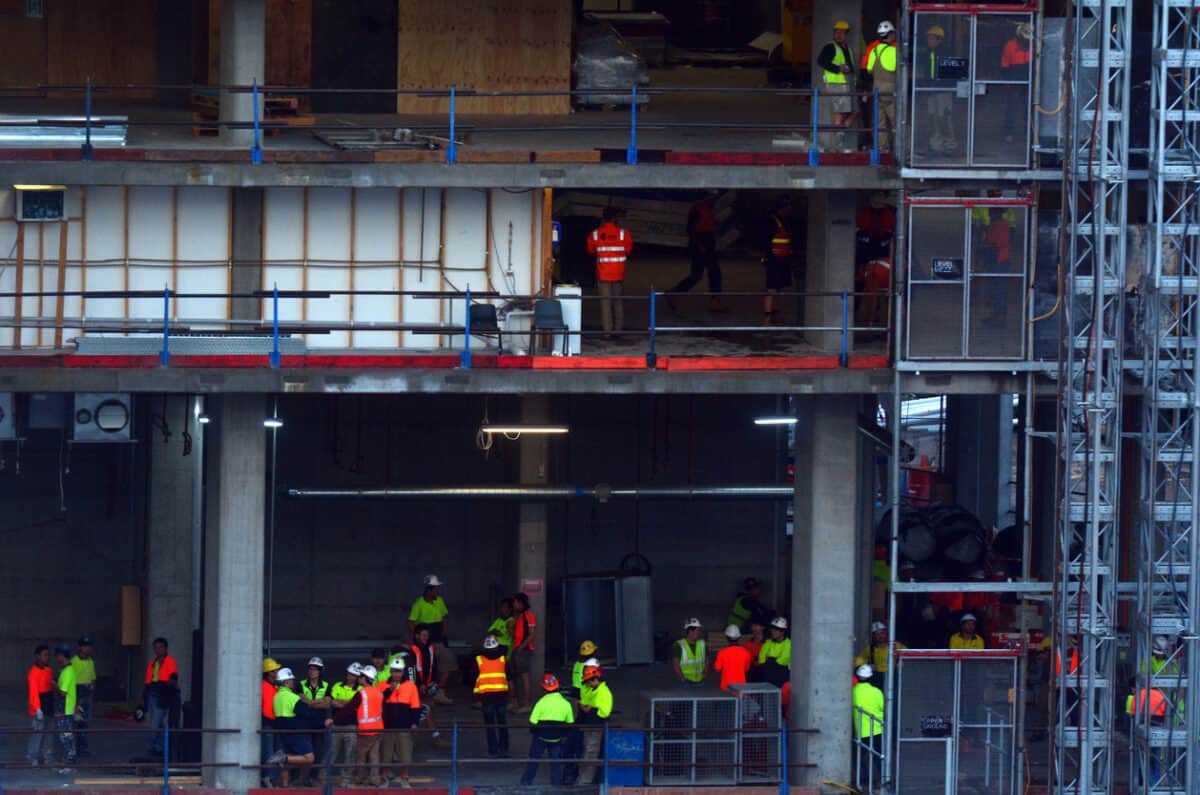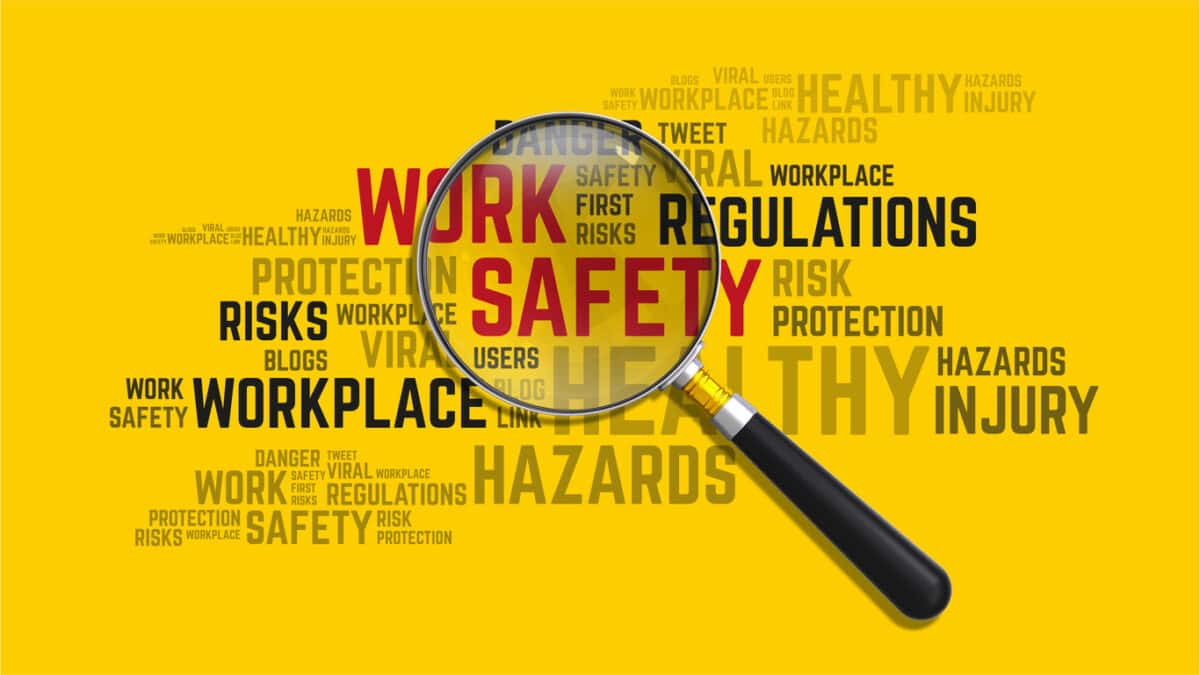New South Wales is the latest Australian jurisdiction to introduce a penalty for Industrial Manslaughter (IM) in its occupational health and safety (OHS) laws. One of the primary aims of significant penalties like IM is to deter others from making similar negligent decisions related to workplace health and safety. But deterrence is a fickle beast.
Category: enforcement
Quad Bike Safety Standard compliance and media accuracy
It is reasonable to claim that the quad bike safety controversy has been resolved in Australia through the intervention of the Australian Competition and Consumer Commission (ACCC) and the imposition of a national safety standard. However, the occupational health and safety (OHS) message continues to be murkier than necessary when quad bikes are advertised in some of the agricultural media without critical safety devices.
Day One – more useful than not
A short report on Day One* of the Australian Institute of Health and Safety’s (AIHS) National Conference in Melbourne. Given a previous blog article asking for new thinking, new approaches etc. Has the Day One satisfied me? Selectively, Yes.
The keynote speaker, Richard De Crespigny had an extraordinary tale to tell about safely landing a heavily damaged passenger aircraft over a decade ago. Some delegates would have been familiar with De Crespigny’s presentation as many of his points had already been made in a recent article in the AIHS’ journal. More on his presentation in a future article.
International Conventions are attractive but largely academic
Last week, Australia’s Parliament released an information paper on a “National Interest Analysis” of International Labour Organization Convention No. 187: Promotional Framework for Occupational Safety and Health Convention adopted in Geneva on 15 June 2006. Does this mean anything to the local occupational health and safety (OHS) profession? Yeah, Nah, Maybe.
Industrial Manslaughter distracts from what really works
South Australia’s Industrial Manslaughter Bill is being negotiated in its Parliament. New South Wales’ version is in development, and Tasmania has said it does not want to be left out, so the government has flagged its intention to have Industrial Manslaughter (IM) laws. Each politician stresses the importance of these laws to deter employers from doing the wrong thing and causing the death of a worker. However, there are serious concerns about the intended deterrent effect when other occupational health and safety (OHS) measures have been shown to be more effective.
Should safety regulators consider a refocus in their approach?
With the continued expansion of occupational health and safety (OHS) legislative frameworks, have we gone a step too far to enable employers, particularly small- to medium-enterprises (SMEs), to operationally achieve and maintain compliance? With the recent introduction of psychological health requirements across Australia, this question has never been more important.
Toothless enforcement
Ross Gittins is a prominent Australian economics journalist. In The Age on September 20, 2023, he wrote an article about the recent spate of corporations being prosecuted and penalized for breaking the law. Many of his points can also relate to companies and executives breaking occupational health and safety (OHS) laws.
Continue reading “Toothless enforcement”






